Introduction
If you hang around the junior mining space long enough, you get to recognize a certain rhythm in how conferences are organized. There is the Roundup in January, Indaba in February, PDAC in March, and a host of mining investment conferences filling in the cracks between the big ones before things slow down for the summer exploration season. As a veteran of many a conference there are a couple of things I like to do. Not surprisingly, hanging around the conference “core shack” is the favorite pastime of the geology types, but socializing and catching up with old colleagues is a highlight of these trips. At a recent trip I bumped in an old colleague: What are you up to? Potash in Thailand! You don’t say…
The company in question is Vatic Ventures (VCV.H). They have an interesting piece of ground in a nice little underexplored potash basin (the Khorat Basin) in the northeast of Thailand. Vatic’s “Saksrithai” project is composed of two blocks totalling 32 km2 adjacent to the Thai Kali Company’s Dan Khun Thot project which is currently under construction.
Geology and Exploration
Potash is a water soluble potassium salt (KCl) that forms through the evaporation and concentration of salt water. Potassium salts are more soluble than sodium, magnesium and calcium salts which means they are deposited in discreet beds within larger salt dominated sequences. To form these deposits, there needs to be a restricted conduit to a source of water, a large area for the water to evaporate and a lack of continental input. The last means no fresh water to mess with the chemistry and dump unwanted sediment in the sequence. This has occurred vary rarely in Earth’s past, mainly in oceans, and occasionally in a large hypersaline lakes. Current brine deposits are in places like the Atacama or the Dead Sea, while large oceanic deposits underlie Russia, Belorus, Poland and Saskatchewan.
The potash in the Khorat Basin is located within a 100 million year-old layer of rocks known as the the Maha Sarakahm Formation. The Maha Sarakahm is sequence dominated by evaporite minerals representing a large hypersaline lake from the Cretaceous period – analogous to the Dead Sea between Israel and Jordan. The potash intervals are 10-75m thick depending on the location within the basin and are composed of carnallite (magnesium-potassium chloride) and sylvite (potassium chloride).
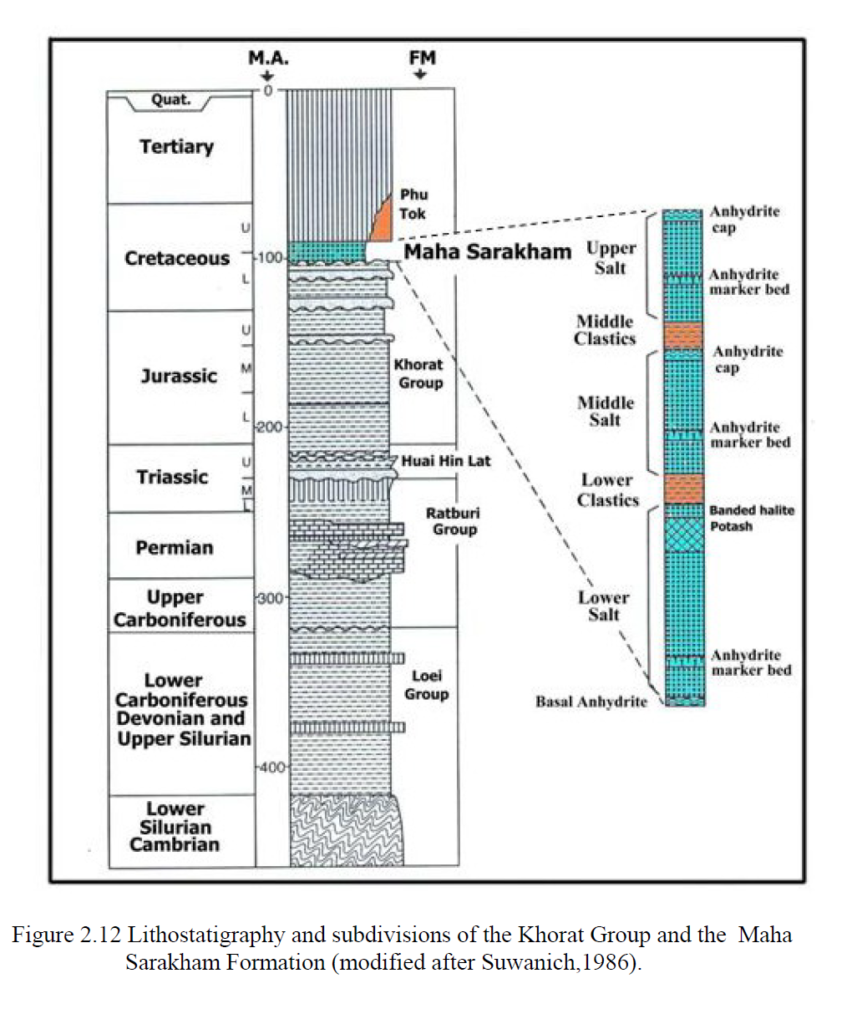
Potash in the area was first discovered in 2008 and potentially economic intervals were first drilled by Thai Kali beginning in 2010. Vatic’s project was first staked in 2015 and they conducted a seismic survey in 2017 in order to identify potential drill targets, but have not yet drilled.
Salt deposits are a notorious pain in the pocket-protector for petroleum geophysicists since they can obscure underlying intervals in seismic surveys. For exactly this reason, seismic surveys are particularly useful in evaporite exploration: Salts contrast well against background rock. Determining the geometry of salt deposits can be more difficult though, and seismic is not magic wand when it comes to potash deposits. Holes must be drilled.
Vatic’s survey has identified three drill targets located at the farthest reaches of their seismic survey lines and project area.
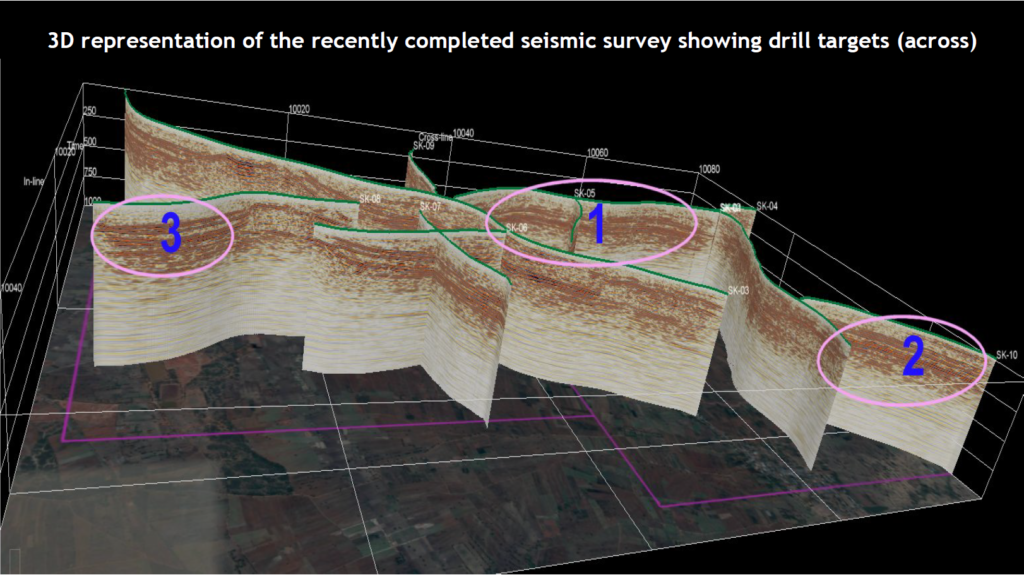
Potash Basics
An aside about the potash market. Some 60 million tonnes are produced and consumed every year. Potash is critical resource, used in fertilizer and partially responsible for the agricultural revolution of the 1970’s which saw yields in the developing world skyrocket and disprove the doom and gloom of overpopulation. It is produced primarily in Canada, Belorus, Russia and with minor production in Brazil, Germany and Israel and Jordan. For years is was dominated by two producers, Saskatchewan (Potash Corp, Mosaic, Agrium) and Soviet Union which turned into Uralkali and BPC) after the breakup of the Soviet Union. Between them until 2013 they had a cartel which controlled two-thirds of production and set the prices. This pricing structure allowed them to ride the commodities boom up $1000 a tonne for Potash, but broke up and potash plunged to under $300 by 2015. Now the commodity is showing slow but stable growth, as China, India Latin America and Africa move to higher value agricultural products.
Potash mines are one of two types: Dry or Wet. Dry mines are like salt or coal mines where machines dig out the relatively soft material and it gets transported to the surface. Wet mines, dissolve the salts in water pump them out and separate them. As a dry mine is exhausted it is not uncommon for it to be flooded and turned into a wet mine.
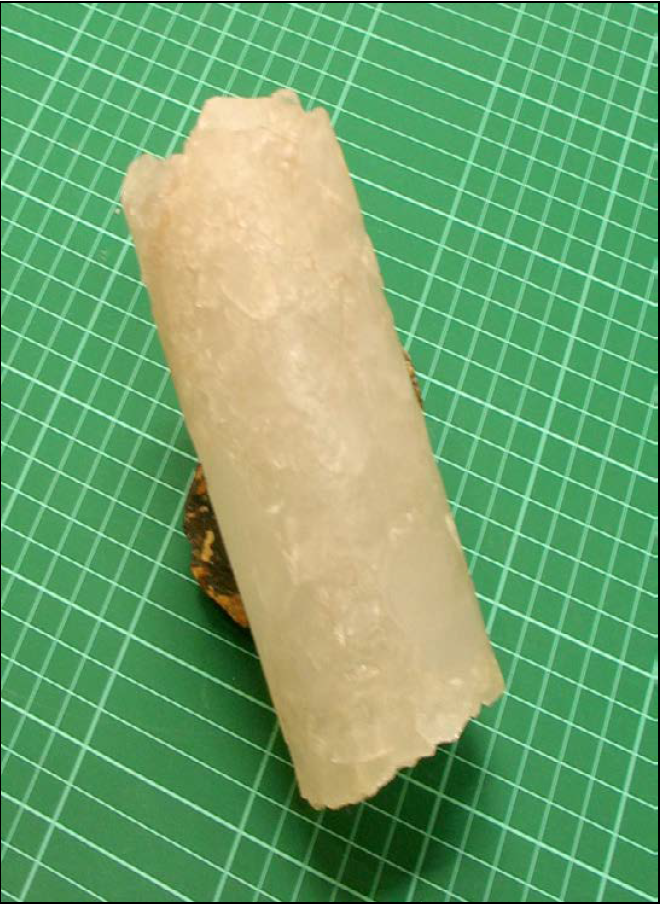
Discussion
Like all mining, Potash is a tonnage game and successful miners will get the most out for the least amount of money. Thai Kali’s project appears to have an advantage over more traditional areas in that it is a shallow, fairly high grade deposit (21.5% KCl, with pockets up to 35% KCl) located right on the doorstep of the largest markets: China and India.
Vatic has taken the classic “good neighborhood” approach to exploration by situating themselves in an up and coming area next to Thai Kali’s late-stage project. If they successfully drill and produce nice intervals on the extreme ends of their project area, they’ll be able infer a massive potential resource and justify some larger scale investment for infill drilling and resource definition. Not an unreasonable idea.
Further Reading
- Vatic Company Presentation (PDF)
- Thai Kali Company (Company Website)
- Seismic imaging in and around salt bodies (PDF and Reference)
- ‘Thailand was a desert’ during the mid-Cretaceous: Equatorward shift of the subtropical high-pressure belt indicated by eolian deposits (Phu Thok Formation) in the Khorat Basin, northeastern Thailand (Academic Article: Link)

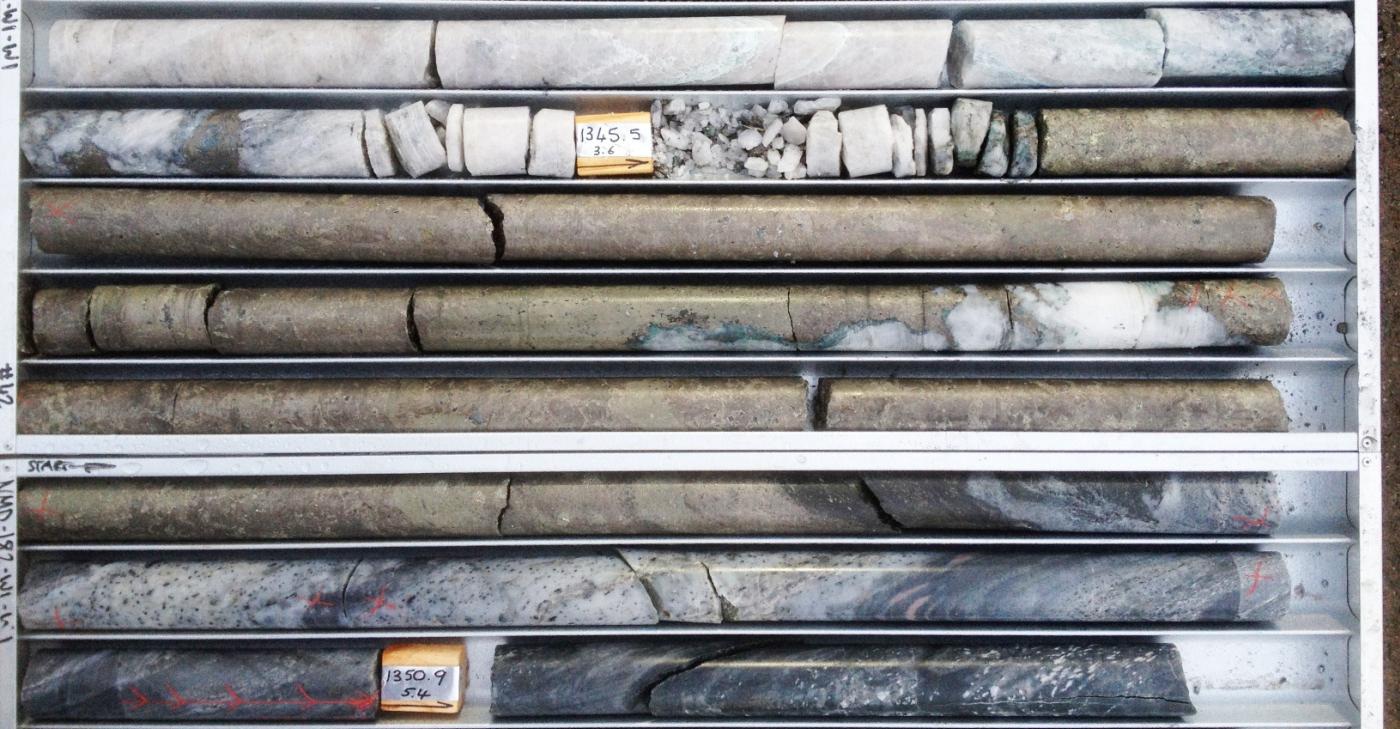
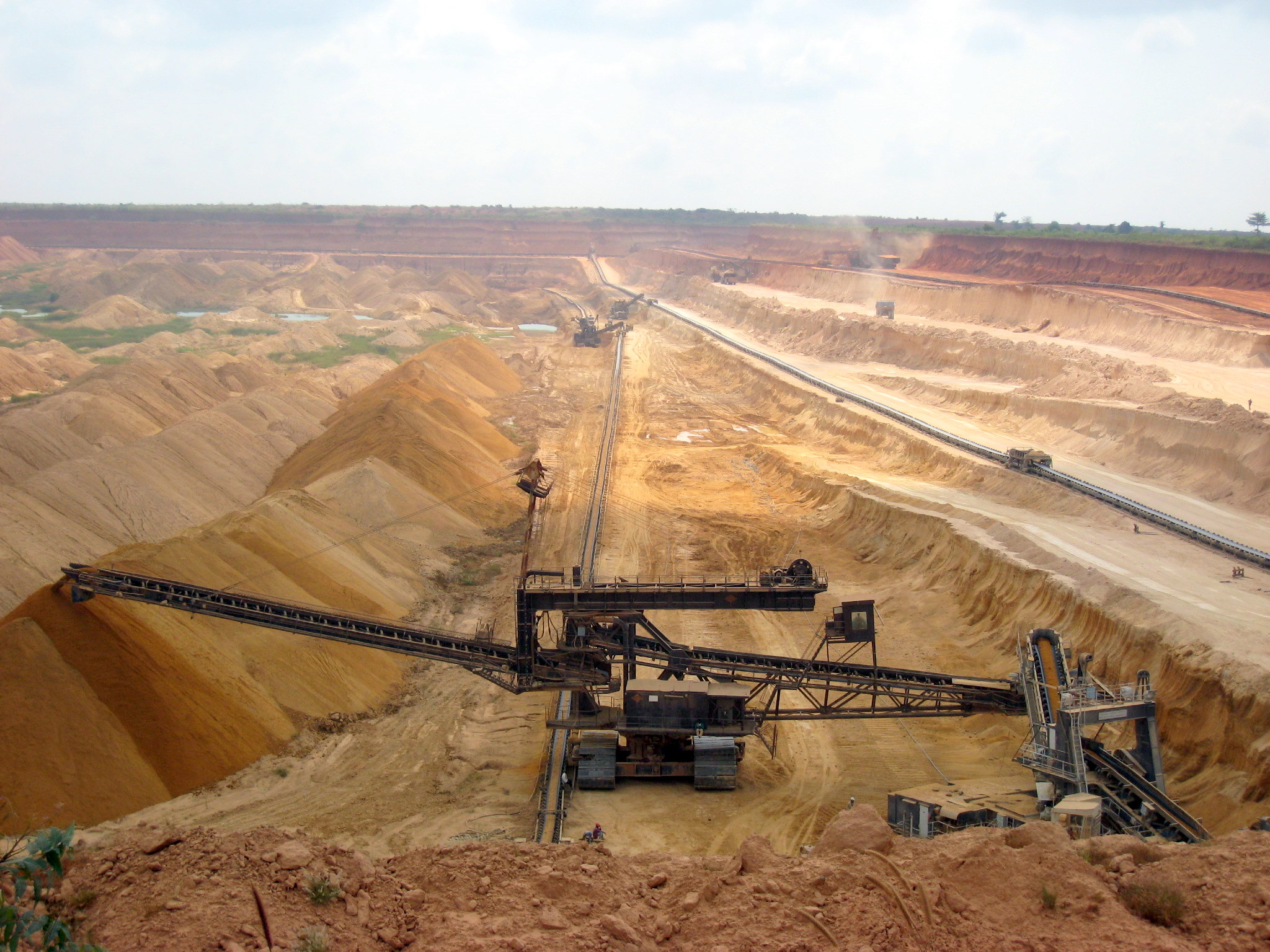
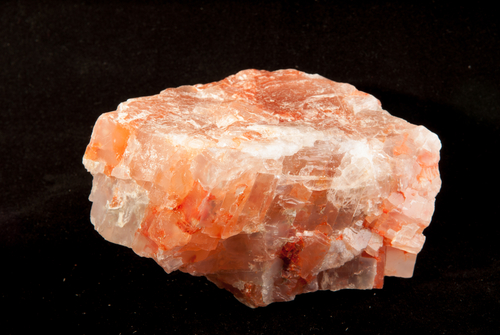



A great read, esp. if like me you know very little about potash …